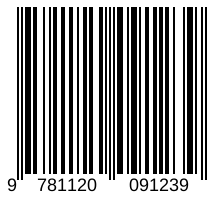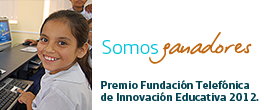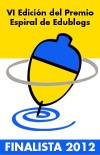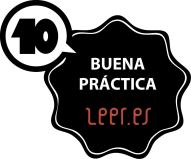During the Week of Press, students in Level 4 became interviewers. The task was to design of a questionnaire to interview someone older than them in order to find out their tastes and personal preference. Finally, using the information gathered , they wrote reports on their interviews and presented their works to the class. Furthermore,... Seguir lendo →
At home
Here you have what my students in level 4 wrote for the portfolio in unit 2.
Emails from London II
Here you have some of the emails my students in Level 6 wrote for the final task in unit 2.
Let’s talk about abilities
This is what my students in Level 3 wrote for their portfolio in unit 2.
OUTDOORS PAINTINGS
As my students in level 1 were learning how to describe landscapes, we decided to use our own landscape paintings to practise what we had learnt.First,we saw and described various paintings. Then, students imagined and painted their own master pieces inspired by what they had seen and finally,they used them to created simple lapbooks. Como... Seguir lendo →
Describing and comparing animals
The end of the school year is around the corner and my students in level 5 are preparing their last works before holiday break. In this task, they have to choose two animals from an exercise they have already done in their activity books. After describing the animals and using the information given in that... Seguir lendo →
Sending our postcards from New York
It took us several days (or it would be better to say several breaks) to have our postcards ready because we have just a computer for printing in the English classroom so my students had to create their postcards one at a time.It was worth the long wait!! Levounos varios días( mellor dito varios recreos)... Seguir lendo →
The Mixed-up Chameleon
This is one of my favourite's Eric Carle's book. It's a story about a chameleon who isn't happy. Except for catching flies and changing colors occasionally, this chameleon doesn't find life very exciting. One day, he visits the zoo and meets many different animals. He wishes to be like all the animals in the zoo... Seguir lendo →
More oral Presentations
Here you have more presentations created by my 5th Grades. Good job!
Oral presentations in level 5
Tomorrow Nadia, Adriana and Zaida are going to make an oral presentation in class.On this occasion,they have created a ppt to present their works on what they liked most when they were little and what they like most now.
This is my family
Students in level 1 learnt how to introduce their families and in order to practise all what they learnt they developed a short project about their families. Moreover, they realized that not all families are the same but they all have one thing in common: the love that their members have each other. Os rapaces... Seguir lendo →























